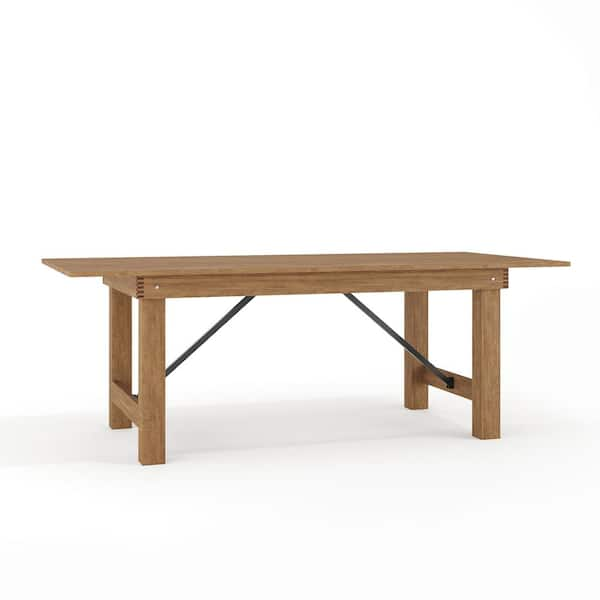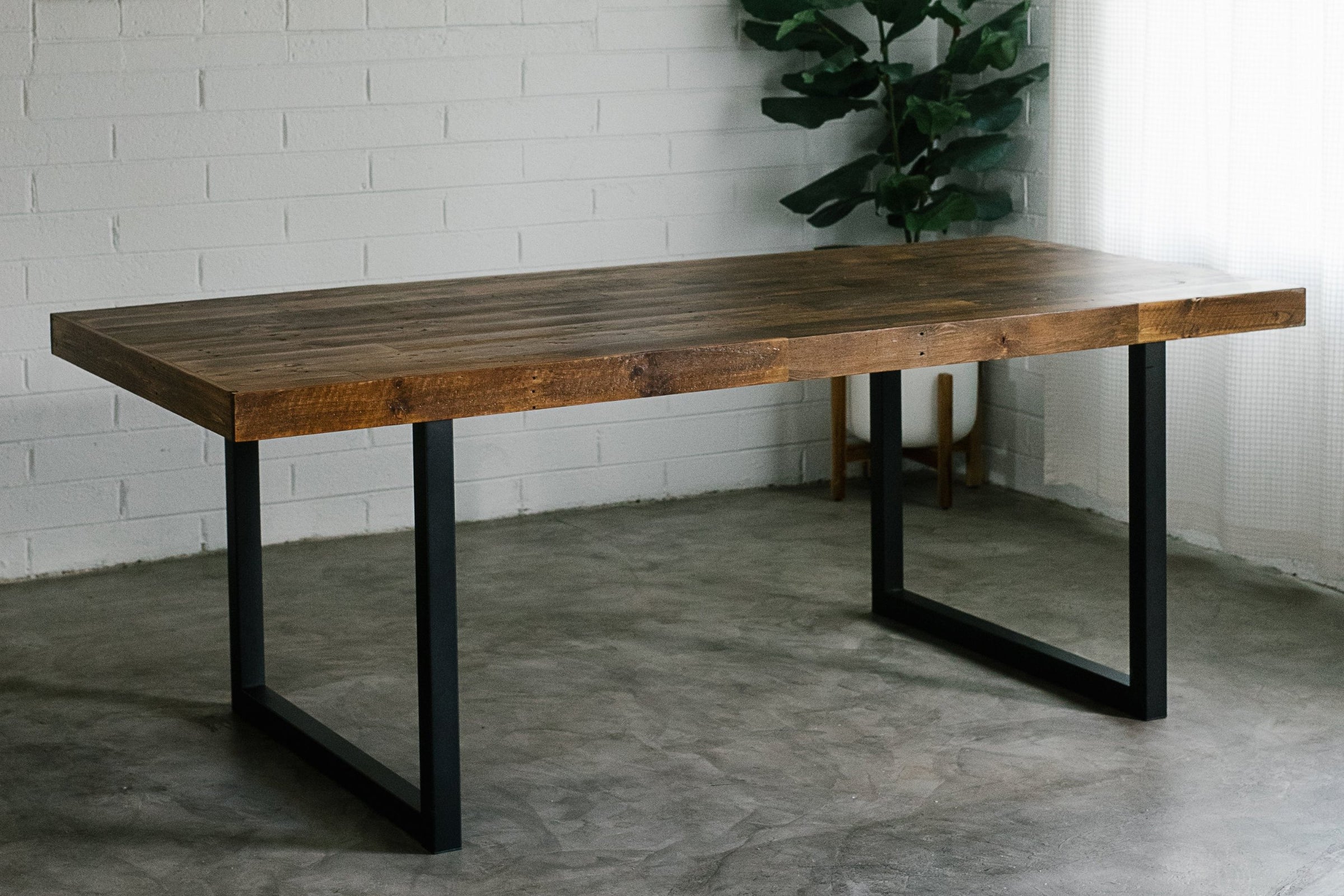Discover Affordable Beauty in High-Quality Dining Table Legs Wood
Discover Affordable Beauty in High-Quality Dining Table Legs Wood
Blog Article
Secret Elements to Keep in Mind for Eating Table Legs Wood Choices
When selecting wood for dining table legs, a number of crucial variables necessitate mindful consideration to guarantee both functionality and visual charm. The choice of wood type, characterized by its toughness and one-of-a-kind grain patterns, plays an essential duty in the general layout and durability of the item.
Wood Kind and Features
When choosing timber for eating table legs, it is important to comprehend the one-of-a-kind qualities of different wood kinds. Different woods offer distinctive advantages and drawbacks, influencing both the durability and aesthetic appeal of the finished item.
Oak, known for its remarkable longevity, also includes a famous grain that can include character to the table. Cherry timber, with its rich color that deepens over time, gives a glamorous look yet may call for even more upkeep to protect against scratches.
On the other hand, softwoods like ache and fir are more affordable and easier to collaborate with, yet they are less durable than woods. Pine is light-weight and features a warm, rustic appearance, making it a preferred choice for informal eating setups. Nevertheless, it is extra at risk to scrapes and dents.
Recognizing these characteristics will certainly assist in making a notified choice to guarantee the legs of the eating table fulfill both useful and visual requirements.
Grain Patterns and Aesthetic Appeal
The wood's grain is not merely an aesthetic feature; it imparts an unique character and appeal to each piece. Different wood types exhibit distinctive grain patterns, varying from the straight lines of maple to the detailed swirls of oak and the striking figure of walnut.
Furthermore, the orientation and scale of the grain can influence the viewed size and sophistication of the table. For example, bigger, more obvious grains may lend a strong, significant impact, while finer, subtler grains can develop an improved, underrated look. Furthermore, the finishing procedure can better improve these patterns, highlighting the natural appeal of the timber and drawing out abundant tones.
Eventually, the option of grain pattern must balance with other design components, such as the tabletop and surrounding furniture, making sure a cohesive visual that raises the dining experience. Thoughtful choice of wood grain not only adds to the table's appeal yet likewise mirrors the owner's taste and style.
Toughness and Stamina
The sturdiness and stamina of dining table legs are critical factors to consider for guaranteeing longevity and security in any type of eating space. Picking the best wood is crucial, as various species exhibit varying levels of durability.

Inevitably, purchasing high-grade timber and robust construction methods will certainly produce a table that stands the examination of time, while providing a trusted foundation for countless meals shared amongst friends and family. Prioritizing longevity and toughness makes certain that your dining table remains practical and aesthetically pleasing for years to find.
Maintenance and Care
Correct maintenance and treatment are vital for protecting the resilience and stamina of dining table legs made from wood. Routine cleaning is important; utilizing a soft, moist cloth makes sure that dirt and debris do not collect, which can bring about scratches and monotony. It is a good idea to prevent severe chemicals or rough products that can damage the finish.
Additionally, using a suitable timber polish or wax occasionally can assist maintain the sheen and shield the wood from dampness and spills. Nonetheless, it is critical to adhere to the manufacturer's recommendations regarding the kind of product to use, as specific finishes might react detrimentally to particular chemicals.
Humidity and temperature level fluctuations can also affect wood table legs, creating them to warp or split. It's finest to put the table far from direct sunlight and warm sources. Dealing with these without delay can prevent further damage. if the table legs have any scratches or dents.
Last but see this not least, periodically evaluating the joints and screws for rigidity is very important to preserve architectural integrity (Dining Table Legs Wood). By adhering to these maintenance methods, property owners can ensure their wooden table legs stay functional and enticing for years ahead
Ecological Considerations
When choosing timber for eating table legs, it's essential to take environmental considerations into account. The sourcing and sustainability of timber are vital in decreasing ecological effect. Selecting wood from qualified resources, such as those endorsed by the Woodland Stewardship Council (FSC), makes certain that the hardwood is gathered properly, promoting woodland preservation and biodiversity.

Furthermore, neighborhood sourcing of wood lowers transportation emissions, supporting local economic situations while reducing ecological effect. It is also recommended to be mindful of the wood's treatment and finishing procedures, as certain chemicals can be damaging to both human health and wellness and the environment. By focusing on lasting timber options, consumers can contribute to ecological preservation while taking pleasure in the longevity and elegance of their dining table legs.
Final Thought
In final thought, picking wood for dining table legs necessitates mindful consideration of numerous elements, consisting of wood types, grain patterns, and durability. Maintenance needs and environmental sustainability additional impact wood choices, highlighting the relevance of sourcing from certified or recovered products.
When picking wood for dining table legs, a number of critical aspects necessitate careful consideration to make sure both capability and aesthetic appeal.Appropriate upkeep and treatment are essential for preserving the sturdiness and stamina of eating table legs made from timber.When picking timber for dining table legs, it's important to take environmental considerations right into account. By focusing on lasting timber selections, customers can add to ecological conservation while enjoying the resilience and beauty of their dining table legs.
In verdict, choosing timber for dining table legs requires cautious factor to consider of various factors, including wood types, grain patterns, and resilience. visit our website Dining Table Legs Wood.
Report this page